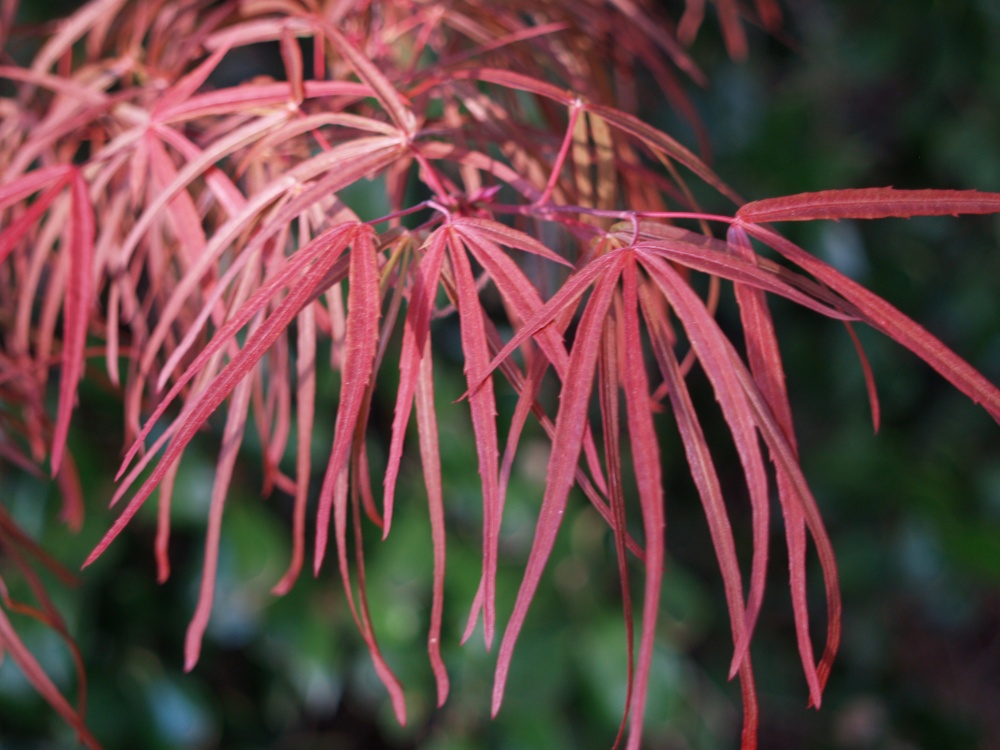Some trial and error is to be expected while creating a garden that is satisfactory through the seasons. A superb garden in spring is easily devised, when dependable rainfall and moderate temperatures encourage splendid blooms and lush foliage. But, planning a garden to shine through the heat of summer is another matter. I have tried a bit of this and that over three decades in this garden, and expect that after another decade (or two) I’ll nearly have it figured out.

In this garden (as in many gardens I suspect), the issue is complicated by varied conditions, from extreme dry shade to spring fed standing water. And, if this was not challenge enough, in its second decade the soil in the lower third of the rear garden turned marshy after a developer’s retention pond raised the water table. Long established holly and witch hazel faded, then succumbed to the constant dampness. Most recently, this section of garden was recreated with shrubs and perennials better suited to the saturated ground.

Of course, this area with standing water requires no additional irrigation, but also, the remainder of the garden subsists only on rainfall. The inclination from the start was to plant Japanese maples, small flowering trees (dogwoods, redbuds, stewartia, silverbell, and many more), and shrubs (hydrangea, viburnum, nandina, mahonia, and others), with perennials planted in the gaps between. The deeper roots of woody plants allow them to better tolerate summer’s extremes, and after years of growth the shaded ground does not dry so quickly. Also, while soaring temperatures discourage outdoor labor, woodies require little attention from the gardener who prefers lounging to deadheading.

Still, with continuing additions to the garden, the gardener discovers which plants will tolerate the heat of summer and the lack of ongoing maintenance (abuse?). While rainfall in Virginia is typically adequate to insure survival of all but the thirstiest plants, others become so sad and tattered in the heat that they detract from the garden. Hostas that thrive with more sun in a damp summer will turn crispy along the edges in a dry year. Mophead hydrangeas (Hydrangea macrophylla) flower best in full sun, but appreciate a break in mid afternoon. Lacecaps are tougher through winter’s cold, and also are more resilient against the summer sun.

Catalogs detail that one plant or another is best in part sun or shade, but experience shows that the toad lily (Tricyrtis) performs best with more sun so long as there is adequate, but not too much moisture. Daylilies require sun to flower at their best, but will flourish in any condition except saturated ground. And hostas, that appreciate damp, deeply cultivated ground with light shade, will grow contentedly in the driest shade without irrigation.

In a large garden, the trial can be long, and the errors many, but in time some mysteries are revealed. Others would require another lifetime to discover.
Such beautiful lilies